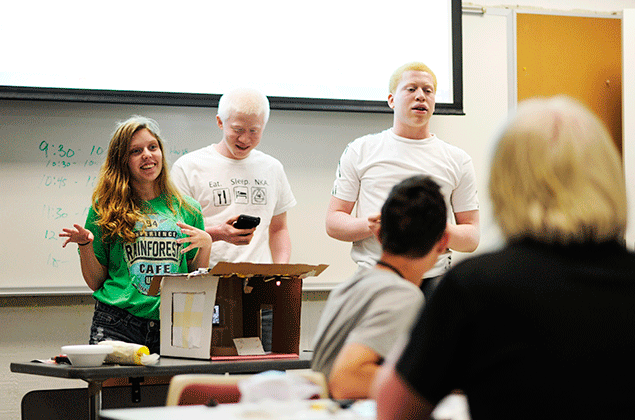Pack Points

Adding a little spring to your step

MES program produces homegrown engineers Down East
More accurate readings without the goop

Engineering Place’s Parry receives Presidential Award

Campers with visual impairments showcase their engineering talents

Recently discovered proteins may lead to new methods in creating biofuels
